|
Advertisement
|
Crescendo Chess
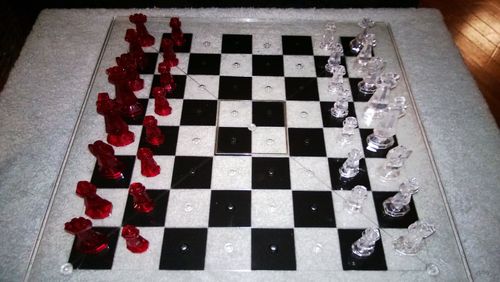
DescriptionFrom the box: "An introduction to an ageless game with a 20th century pace. The game of chess is simple. It is difficult only if you make it so. And Crescendo Chess is as simple as regular chess. It is played by the same rules. The chess men move the same. A full set of rules and instructions that completely cover Crescendo Chess are included. After several moves, you then enter into the exciting world of mobility, power, and cunning. Compounding the power and mobility of the chess pieces accelerates the game and sharpens one's perception of the effects of combining different pieces. Thus one gains a broader insight and a better appreciation of this game. Because of this, Crescendo Chess enhances regular chess. "Crescendo Chess is a new experience for any chess player. By following the rather simple rules, one can soon learn to think in terms of stacking, capturing and position playing. One important feature in Crescendo Chess is that the chess men have a hole on top and one on the bottom that permits pegging one piece atop another. When this is done, it is called "stacking." A stack of chess men can then move across the board together. One soon learns not to exhaust the stack ineffectively. Experience teaches how to take advantage of the best stacking arrangements for certain types of attack and defense." In one turn the stack moves first as the bottom piece normally would move as in regular chess, then continues as the next piece up would move, etc. It costs one turn to place a piece on a stack. On the next turn, the stack can make its move (see rule8). To give an example, a Knight can be placed atop a Bishop in one turn. Then, on a later turn, the two together would move the permissible diagonal move of the Bishop and the two together could continue, one - one, two, as the Knight would move." "It is important that in stacking, the pieces are moved into the stack using their regular move, - that is, a Bishop diagonally, a Rook forward or sideways, etc. Each piece must be free to make its move as in regular chess rules." "Crescendo Chess is so called because it starts as regular chess and then increases in intensity. As stated, the first two moves by each player are made on a regular basis. After that, the next four moves by each player may be made where one piece is stacked on top of another to a two level height.Max. (L2). NOTE: See Glossary & Game Notations at end of rules. It is not necessary to stack the pieces if the player does not wish to do so. Upon completion of a total of six moves by each player, the pieces may be stacked to a three level height. Max. (L3). This is the stacking limit for the rest of the game. The three can move first as the bottom piece, which then remains, then as the other two would move as a two piece stack." Game DiscussionsAdd CommentYou need to be logged in to comment. Insert Bullet List Please enter at least one item. Item: Item: Item: Item: Item: Insert Numeric List Please enter at least one item. Item: Item: Item: Item: Item: Insert Link Please enter the link of the website Optionally you can add display text Insert Email Please enter the email address Optionally add any display text Insert Image Please enter the link of the image Insert YouTube Video Please enter the link of the video MarketplaceNo listings at the moment. Do you own this game? Click here to list it for sale.
|
Best Sellers
Board Games
|
||||
Latest Searches: Hide n thief | Siedler von catan | Lake+Ozark | mortal kombat x | star trek expeditions | Kakao | lady bohn | Dc monopoly | Hammond opoly | curse of the cobras | Pathway | trivial+pursuit+afrikaans | baldash | help the princess | Life+card+game | Weatherford | Rommy | all star baseball | Campaign | Real math high and low cubes | mysterium+park | Swiftopoly | Drunk, Stoned or stupid | wom0BRETTSPIELE | Akron+opoly | Agricola revised | Replacement marbles for abalone | Snowflake arizona monopoly | Cooper Pedy | horror house
All Rights Reserved




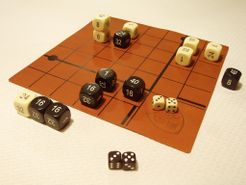


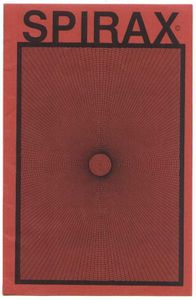
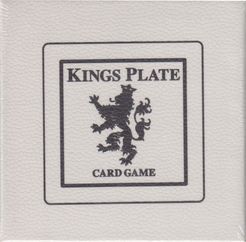

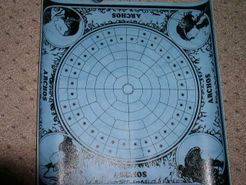
Comments (0)